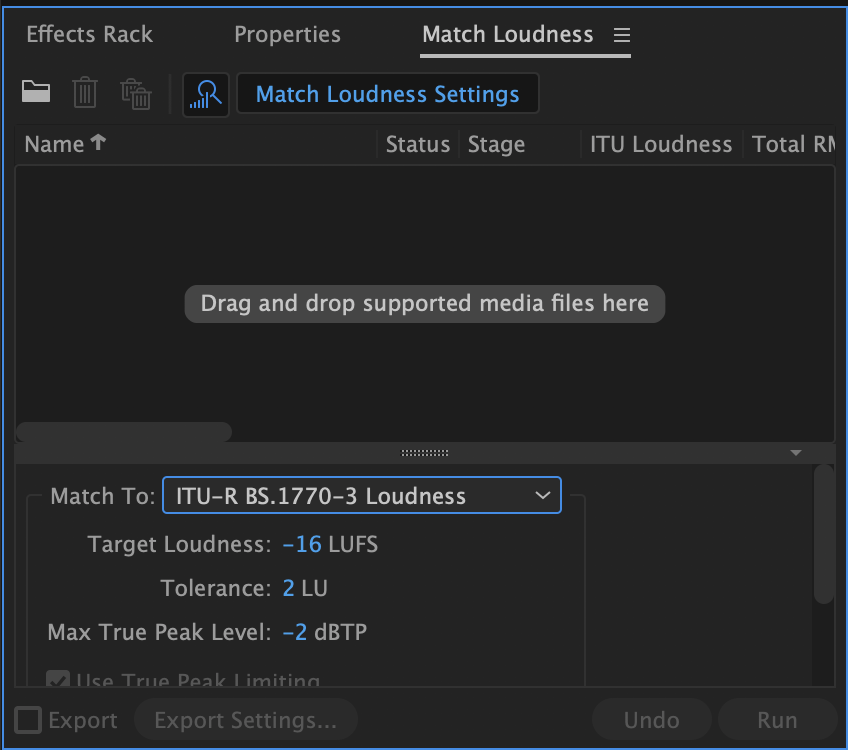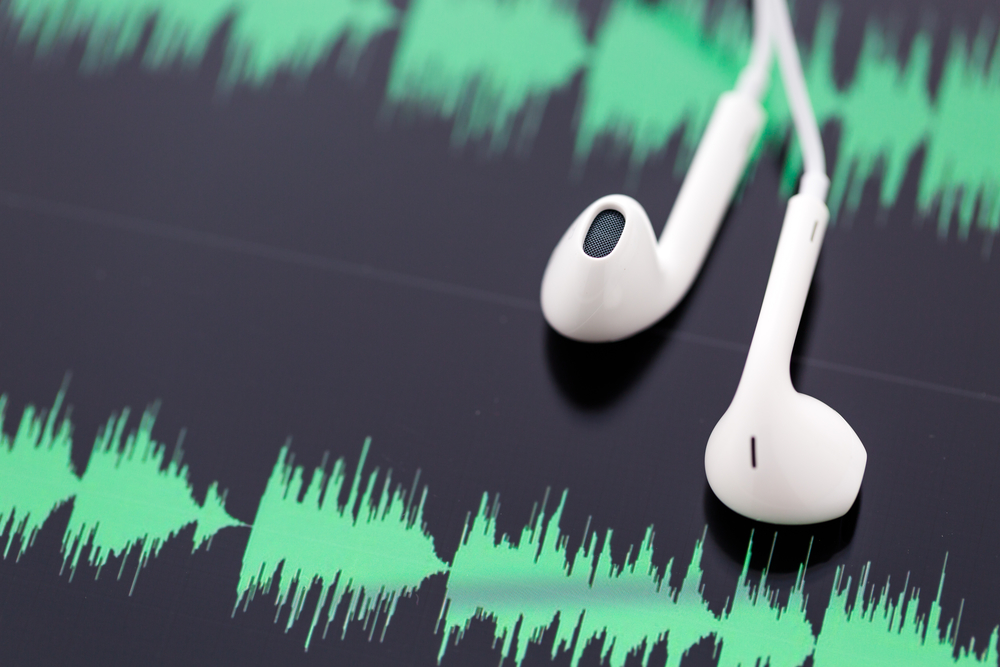Have you heard about the new podcast audio standards from Apple? Many online marketers product audio content — and many have podcasts. If you are a podcaster, you may know that Apple recently came out with some new technical standards regarding podcasts. Specifically, they are concerned with the bit rate and the loudness.
Here is the word from Apple…
Apple wants to create a better experience in Apple Podcasts, not only for you, podcast providers, but also for your listeners and subscribers. In addition to general podcast authoring guidelines, this best practice guide elaborates on:
As you probably know, I learned to podcast from Cliff Ravenscraft, the artist formerly known as The Podcast Answer Man. So my podcast is in compliance.
Recommended iTunes Podcast Audio Standards For Compression
The first part of Apple's recommendations is easy. For many years, my buddy Cliff has recommended 128 kbps CBR stereo for podcasts, which meets the standard precisely. He also recommends that you avoid use of the LAME MP3 encoder, which is lossy.
Here are the bit-rate recommendations from Apple.

Recommend Podcast Audio Standards for Loudness
Cliff taught me proper level setup the way real old-school audio engineers do it. This is awesome and complies with the intent of the Apple podcast audio standard recommendations and is almost certainly perfect. But just doing it the old school way does not absolutely guarantee compliance to the actual recommendation itself, which is known as ITU-R BS.1770-4.
Apple's goal is to make it so that podcast listeners don't have to change the volume between (or during) podcasts.
So here is some background*: ITU-R BS.1770-4 is a loudness spec from ITU (International Telecommunication Union). Interestingly, ITU is part of the United Nations and is famous for being the oldest international organization in existence today.
The key thing this standard talks about is LKFS. This stands for *Loudness, K-weighted, relative to full scale. * Loudness units relative to full scale (LUFS) is a synonym for LKFS (they mean the same thing exactly).
LKFS is standardized in ITU-R BS.1770 and that's why Apple likes it. It's the international standard for loudness.
This standard is complicated. It deals with the “psychoacoustic” properties of sound. How loud does your podcast seem? This perceived loudness is “multi-dimensional” in a sense. It depends on the type of sound (the frequency distribution), not just the peak levels. Due to the complexity of this definition, to confirm compliance with ITU-R BS.1770-4, you need to use software to analyze (and adjust if necessary) the loudness of your show in post-production.
Bottom line: you can't just look at peak levels to determine compliance.
I use Adobe Audition to product my show and it has tools to help you analyze and adjust your show. Note that the=current version of Audition only supports ITU-R BS.1770-3 from 2012 — NOT ITU-R BS.1770-4 from 2015. This does not impact our use in podcasting as only rear channels changed in -4.
So, it's safe to use ITU-R BS.1770-3 for podcasting, which is what is offered in Audition.
Here is what that panel in Audition looks like.

If you want to know how to do this in Audition, here is my buddy Mike Russel's take on this and how to do in Audition.
Hope that helps you in your podcasting journey. To get the best traffic from Apple and iTunes, it's always best to comply with Apple podcast audio standard recommendations when you can.





